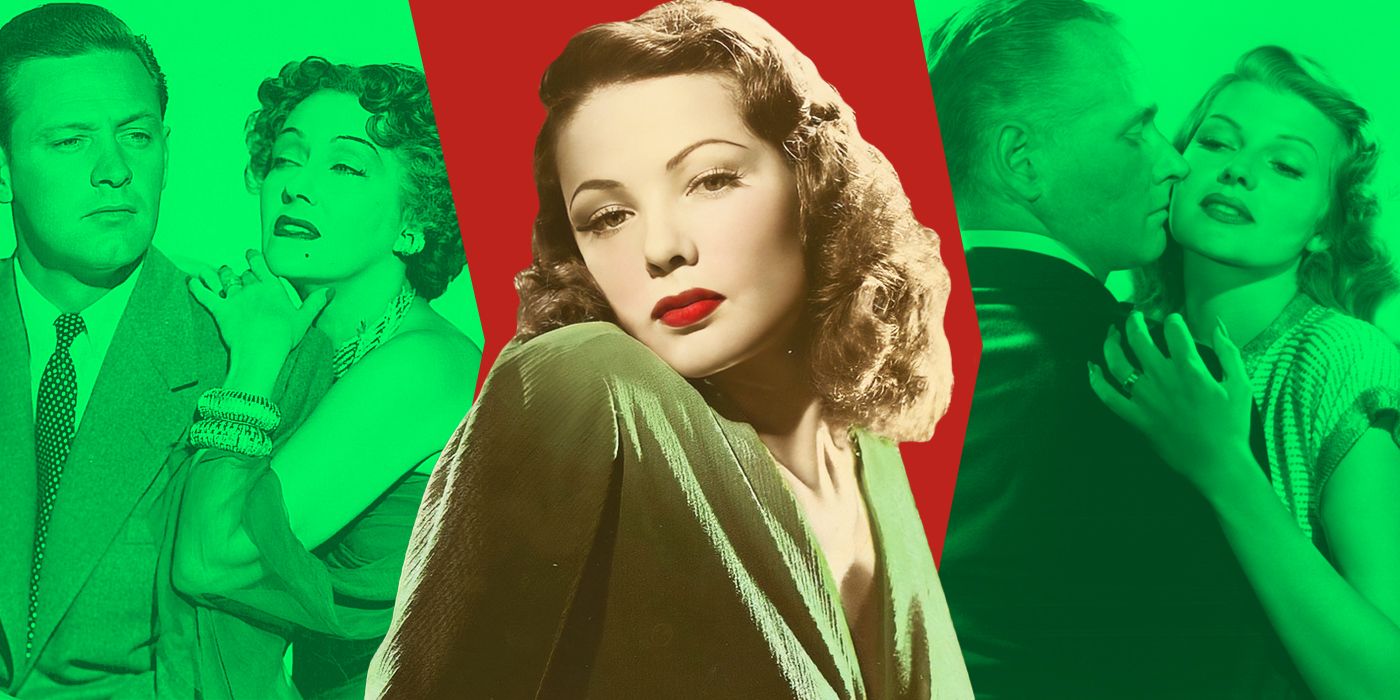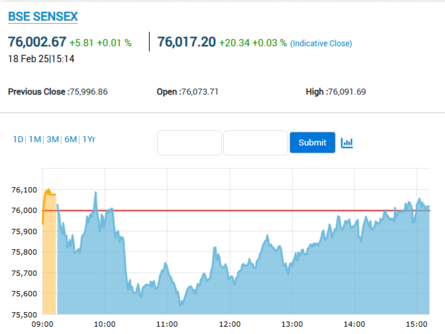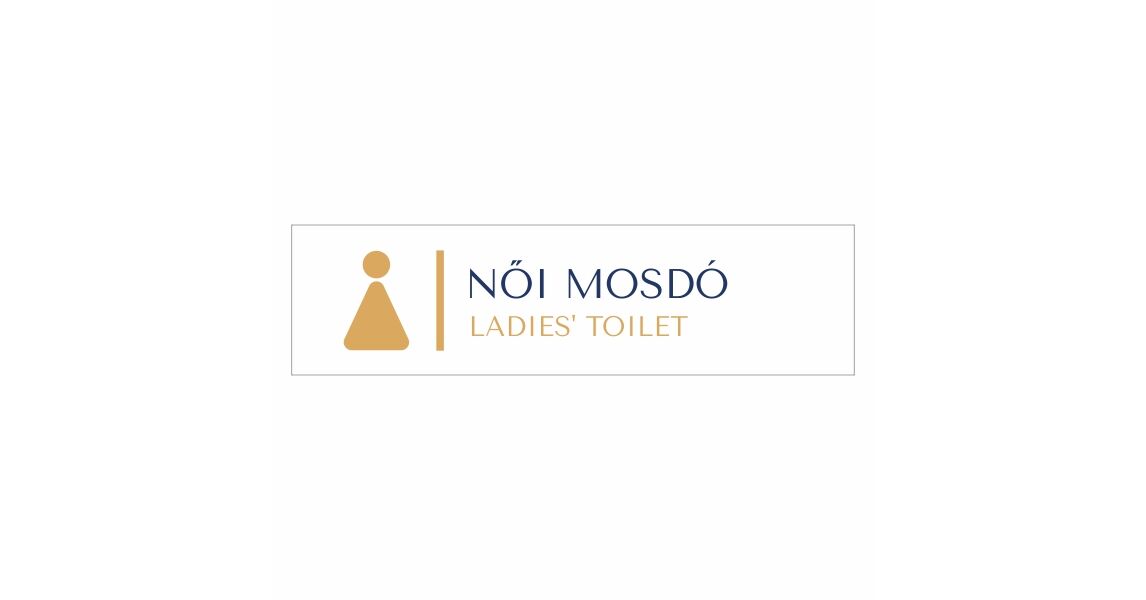The 10 Best Film Noir Movies Ever Made

Table of Contents
The Classics: Defining Moments in Film Noir
The classic era of film noir established the genre's conventions and left an indelible mark on cinema. These films are not just visually stunning; they delve into the human condition with unflinching honesty.
Casablanca (1942)
Casablanca transcends its status as a mere film noir; it's a cultural touchstone. The iconic performances of Humphrey Bogart as Rick Blaine and Ingrid Bergman as Ilsa Lund, coupled with the unforgettable supporting cast, create a timeless masterpiece.
- Themes: Love, sacrifice, wartime disillusionment, and the complexities of morality are explored with depth and nuance.
- Dialogue: The sharp, witty dialogue is legendary, contributing significantly to the film's enduring appeal. Lines like "Here's looking at you, kid" have become ingrained in popular culture.
- Impact: Casablanca’s influence on subsequent films, both within and outside the film noir genre, is undeniable, shaping how romantic dramas and war films are made.
The Maltese Falcon (1941)
Based on Dashiell Hammett's seminal novel, The Maltese Falcon perfectly captures the essence of the hard-boiled detective story. Humphrey Bogart’s portrayal of Sam Spade is iconic, establishing the archetype of the cynical yet ultimately principled detective.
- Femme Fatale: The seductive and manipulative Brigid O'Shaughnessy embodies the classic film noir femme fatale, a character type that would be replicated countless times.
- Cynical Detective: Sam Spade’s world-weariness and moral ambiguity make him a fascinating protagonist, constantly navigating a treacherous landscape of deceit.
- The Mystery: The mystery surrounding the Maltese Falcon itself is cleverly crafted, keeping the audience engaged until the very end.
Double Indemnity (1944)
Billy Wilder's Double Indemnity is a masterclass in suspense and storytelling. The film’s use of voiceover narration, coupled with its intricate plot and morally compromised characters, elevates it to the top tier of film noir.
- Themes: Greed, lust, and betrayal are explored with chilling effectiveness, creating a dark and unsettling atmosphere.
- Iconic Opening: The opening scene, with its immediate plunge into the illicit affair, sets the tone for the entire film.
- Voiceover Narration: The use of voiceover narration, delivered by Walter Neff (Fred MacMurray), adds a layer of intimacy and allows the audience to delve into the character's psyche.
Post-War Noir: Exploring New Depths
The post-war era saw film noir evolve, exploring new themes and techniques while retaining the genre's core characteristics. These films often reflect the anxieties and disillusionment of a nation grappling with its postwar reality.
Out of the Past (1947)
Out of the Past showcases a complex narrative structure, using flashbacks to unravel a tangled web of deceit and betrayal. Robert Mitchum's performance as Jeff Bailey, a private investigator haunted by his past, is unforgettable.
- Non-Linear Storytelling: The film's non-linear storytelling keeps the audience guessing, adding layers of suspense and intrigue.
- Memory and Guilt: The film explores themes of memory and guilt, showcasing how the past continues to haunt the present.
- Flashback Structure: The effective use of flashbacks deepens the mystery and enhances the film's overall impact.
Sunset Boulevard (1950)
Billy Wilder's Sunset Boulevard offers a satirical yet poignant look at the dark side of Hollywood. Gloria Swanson's performance as Norma Desmond is legendary, portraying a faded star clinging desperately to her past glory.
- Themes: Fame, illusion, and decay are central to the film's narrative, presenting a cynical view of the Hollywood dream.
- Irony and Dark Humor: The film masterfully blends irony and dark humor, creating a unique cinematic experience.
- Unforgettable Performance: Gloria Swanson’s portrayal of Norma Desmond is a tour-de-force, earning her an Academy Award nomination.
Beyond the Expected: Expanding the Film Noir Definition
While the classic era defined film noir, the genre has continued to evolve and inspire filmmakers. Neo-noir films borrow elements from the classic style, updating them for contemporary audiences.
Touch of Evil (1958)
Orson Welles's Touch of Evil is a groundbreaking achievement in cinematography, showcasing his innovative use of long takes and deep focus. The film tackles themes of corruption and racism with unflinching honesty.
- Innovative Cinematography: Welles's innovative use of long takes and deep focus creates a sense of claustrophobia and unease, immersing the viewer in the film's dark atmosphere.
- Racism and Police Brutality: The film tackles social issues such as racism and police brutality, adding a layer of social commentary to its crime drama narrative.
- Moral Ambiguity: The characters in Touch of Evil are rarely clear-cut; their motivations are complex and often self-serving.
The Big Sleep (1946)
Raymond Chandler’s intricate plot and memorable characters are perfectly captured in The Big Sleep. Humphrey Bogart once again shines as Philip Marlowe, navigating a world of deceit and danger.
- Adaptation: Howard Hawks's adaptation of Chandler's novel remains faithful to the source material's spirit, while streamlining the plot for the screen.
- Ambiguous Ending: The ending of The Big Sleep is famously ambiguous, leading to much debate and interpretation among viewers.
- Character Interplay: The complex interplay between Marlowe and the various characters, particularly Vivian Sternwood, is a key element of the film’s appeal.
Chinatown (1974)
Roman Polanski’s Chinatown is a neo-noir masterpiece, exploring themes of water rights, corruption, and betrayal against the backdrop of 1930s Los Angeles.
- Modern Noir: Chinatown is a prime example of neo-noir, applying classic noir themes to a contemporary setting.
- Jack Nicholson and Faye Dunaway: The performances of Jack Nicholson and Faye Dunaway are mesmerizing, bringing depth and complexity to their respective characters.
- Cynical Tone: The film maintains a dark and cynical tone, reflecting the moral decay at the heart of its narrative.
L.A. Confidential (1997)
Curtis Hanson's L.A. Confidential is another shining example of neo-noir, offering a detailed and gripping depiction of 1950s Los Angeles. The stellar ensemble cast brings the intricate plot to life.
- Police Corruption: The film explores the pervasive corruption within the Los Angeles Police Department, unveiling a dark underbelly to the city's image.
- Intertwining Narratives: The film cleverly intertwines multiple narratives, gradually revealing connections and surprising twists.
- Ensemble Cast: The impressive ensemble cast, including Kevin Spacey, Russell Crowe, and Guy Pearce, delivers outstanding performances.
Brick (2005)
Rian Johnson's Brick is a unique take on film noir, transplanting the genre's conventions into a contemporary high school setting. Its stylistic choices and clever dialogue make it a modern classic.
- Stylish Cinematography: The film’s cinematography effectively captures the dark and moody atmosphere of film noir.
- Shakespearean Language: The innovative use of Shakespearean language adds a layer of sophistication and depth.
- Twisting Plot: The intricate and twisting plot keeps the audience engaged, constantly revealing new layers of complexity.
Conclusion: Your Journey into the World of Film Noir Awaits
This exploration of the best film noir movies showcases the genre’s enduring power and versatility. From the classic masterpieces of the 1940s to the neo-noir revivals of recent decades, these films continue to resonate with audiences due to their exploration of complex characters, morally ambiguous situations, and a world shrouded in shadows. We've journeyed through iconic performances, masterful direction, and innovative storytelling techniques – all defining aspects of what makes film noir so captivating. Now it's your turn to delve deeper! Watch these films, explore others, and discover your own favorites. What are your top picks for the best film noir movies? Share your thoughts below!

Featured Posts
-
 Palantirs Nato Deal A Revolution In Public Sector Ai
May 10, 2025
Palantirs Nato Deal A Revolution In Public Sector Ai
May 10, 2025 -
 Letartoztattak Floridaban Egy Transznemu Not A Noi Mosdo Hasznalataert
May 10, 2025
Letartoztattak Floridaban Egy Transznemu Not A Noi Mosdo Hasznalataert
May 10, 2025 -
 Sensex And Nifty Live Updates Market Rebounds Trades Higher
May 10, 2025
Sensex And Nifty Live Updates Market Rebounds Trades Higher
May 10, 2025 -
 Family Torn Apart By Hate Crime A Story Of Loss
May 10, 2025
Family Torn Apart By Hate Crime A Story Of Loss
May 10, 2025 -
 Floridai Kormanyepuelet Letartoztatas Noi Mosdo Hasznalataert Transznemu No Ellen
May 10, 2025
Floridai Kormanyepuelet Letartoztatas Noi Mosdo Hasznalataert Transznemu No Ellen
May 10, 2025
